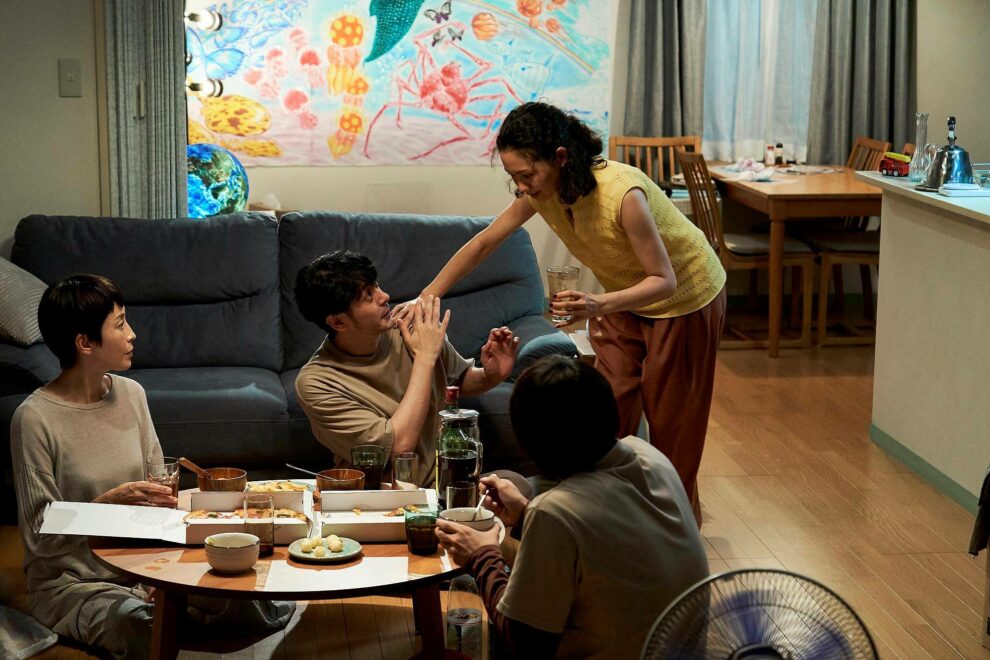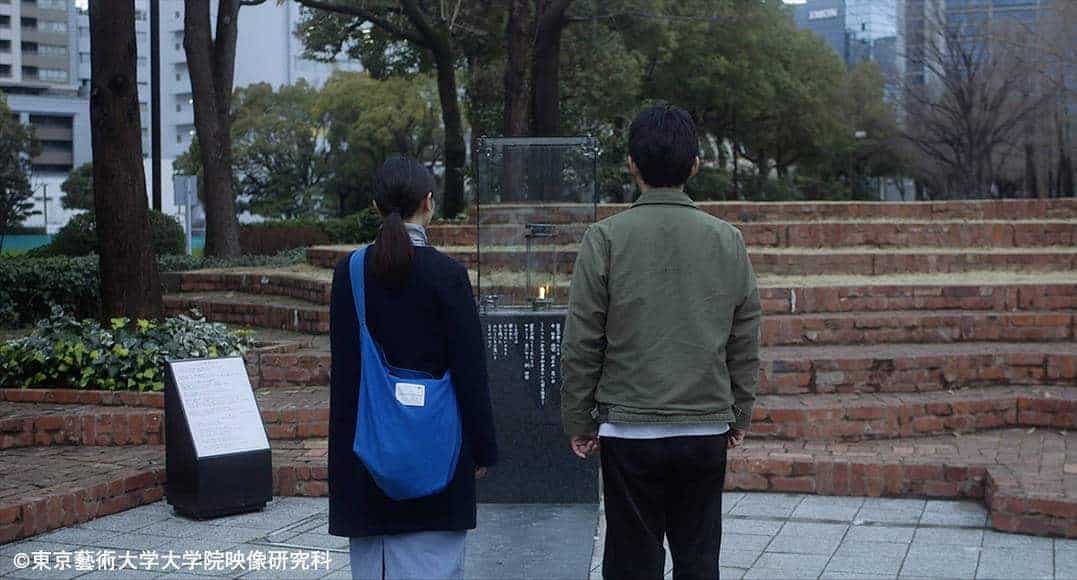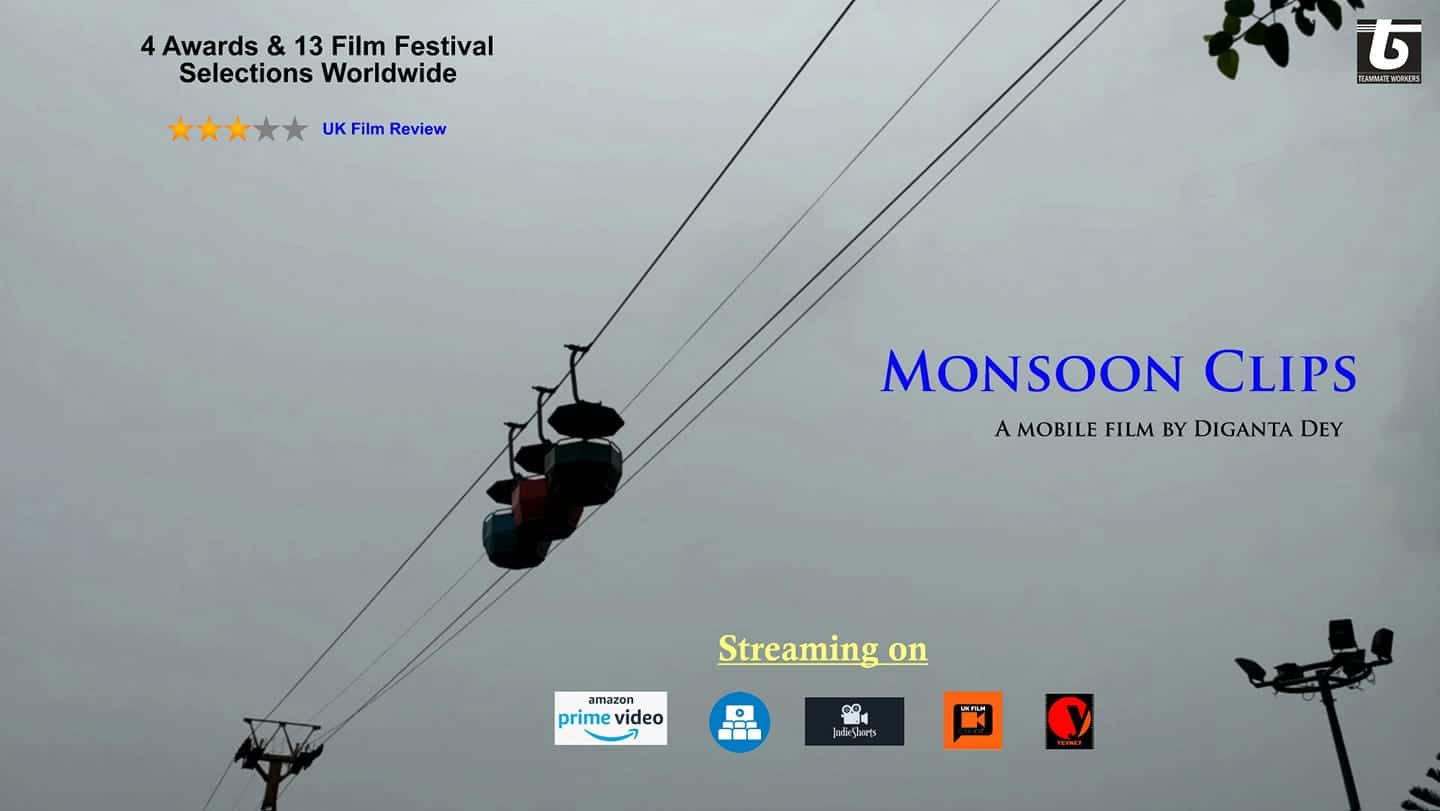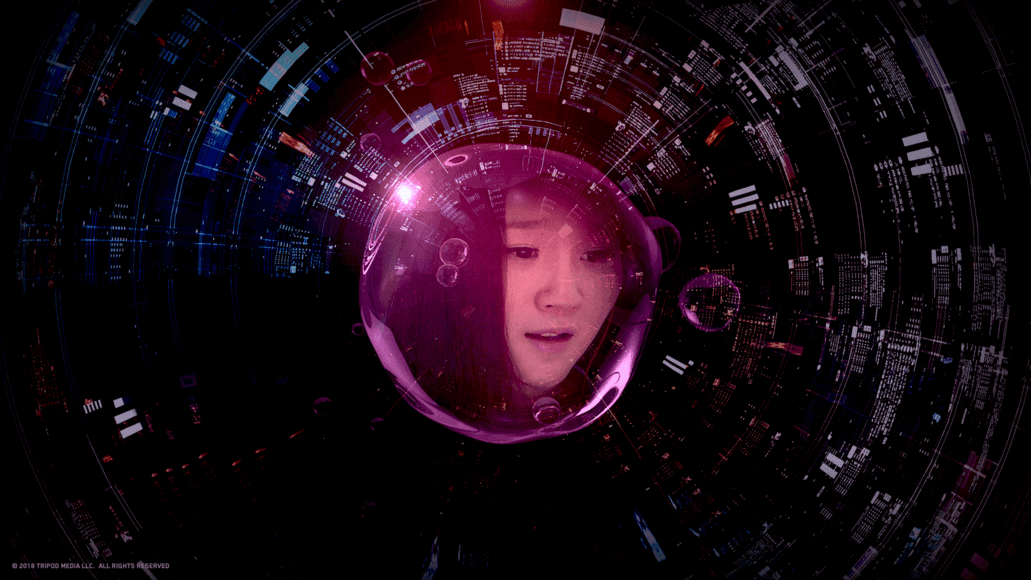Yuya Ishii has been the mastermind behind a number of films we cherish particularly here in Asian Movie Pulse, with “The Great Passage” especially featuring frequently in some of our ‘best of' lists. Recently, however, and particularly since “The Asian Angel”, Ishii seems to have lost some of his edge, which he apparently tries to find once more with “The Moon”, a rather ambitious project.
The Moon is screening at Busan International Film Festival
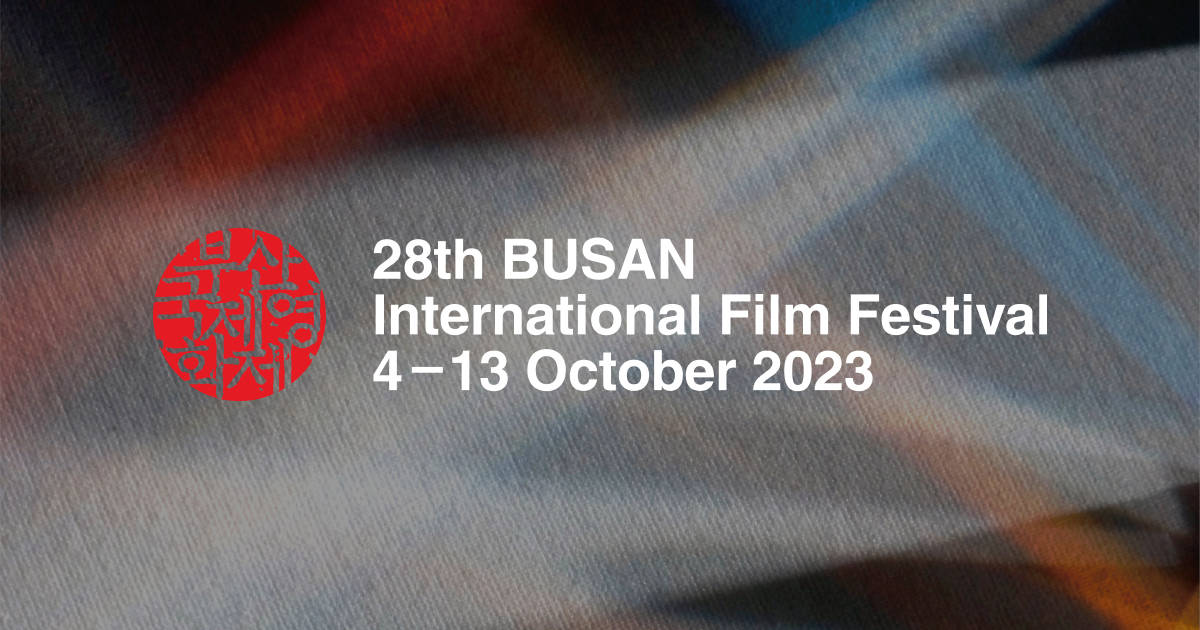
Yoko Dojima once wrote a novel about the 2011 Earthquake, which brought her fame and even a much younger and rather handsome husband, Shohei, who calls her maestra and is an animator. Currently, though, she has not been able to produce anything new, which is why, along with the financial issues the couple faces, she agrees on taking on a job as caretaker at a facility for the severely disabled, which is located deep in the forest. That something is wrong there becomes obvious quite early, but, in the beginning at least, Yoko seems too detached, and the presence of a co-worker, also named Yoko, who soon becomes a friend, essentially changes her focus. The second Yoko, however, seems to face a number of family issues that have led her to the bottle, while their common presence with co-worker Sato, in Shohei and Dojima's house, show that the issues in the facility are not restricted to the patients.
Check also this interview
What becomes obvious from the beginning is that Ishii wanted to do too many things in “The Moon”. We have at least three stories that are quite interesting by themselves, in the faces of the two Yokos and Sato, while the relationship of the first with her husband and the second with her family could be main themes of a movie on their own. We also have the whole concept of the mishandling of the patients in the mental institution, which here takes a hypostasis that can only be described as gothically horrific. Furthermore, in this aspect, Ishii also includes a shock factor that appears a number of times, through the patients, with one in particular being quite grotesque, perhaps in an intense effort to take his point across.
Lastly, we have Sato, whose radical ideas make a very pragmatic comment about incapacitated people in general, with his fate also being a focal point. The above are “enriched” with comments about writing and art in general, the approach to the aforementioned disaster and a number of other, minor ones, which make the whole thing rather convoluted, not to mention far-fetched on occasion.
This however, does not mean that the movie is without merits. For starters, the analysis of the major characters is quite thorough, with Ishii making his audience understand the many layers that describe them thoroughly. In that fashion, and even if not all characters are likable, some empathy is created as all of them seem like the victims of their own life, and occasionally even as people that could be in the facility themselves. Rie Miyazawa as the Maestra in particular shines in this movie, highlighting her subtle discomfort with eloquence, while her interactions with all the other actors are among the most memorable scenes in the movie.
Fumi Nikkaido as the other Yoko is also quite good in a character who tries to do good but constantly fails, with the failure actually being emitted from her every action. Hayato Isomura as Sato manages to appear equally a simple, a profound and a chilling person, in a rather impressive performance that finds its highlights in his monologues.
The presentation of the asylum is also outstanding visually, with Yoichi Kamakari's cinematography capturing the patients in the most horrid way, retaining though, a very imposing visual atmosphere through the intense coloring and the many changes it undergoes, and the way the shadows are implemented throughout. Some tricks here and there, as when Yoko talks to her own self, add a bit more flare to the whole thing, but essentially add to the “too much” factor of the movie, as much as a number of dialogues that can only be described as ‘on the nose'.
As such, in the end the movie can only be described as a mixed bag, having a number of ticks in both and pros and the cons columns, but definitely ending up feeling as a missed opportunity, even for two movies instead of one.


